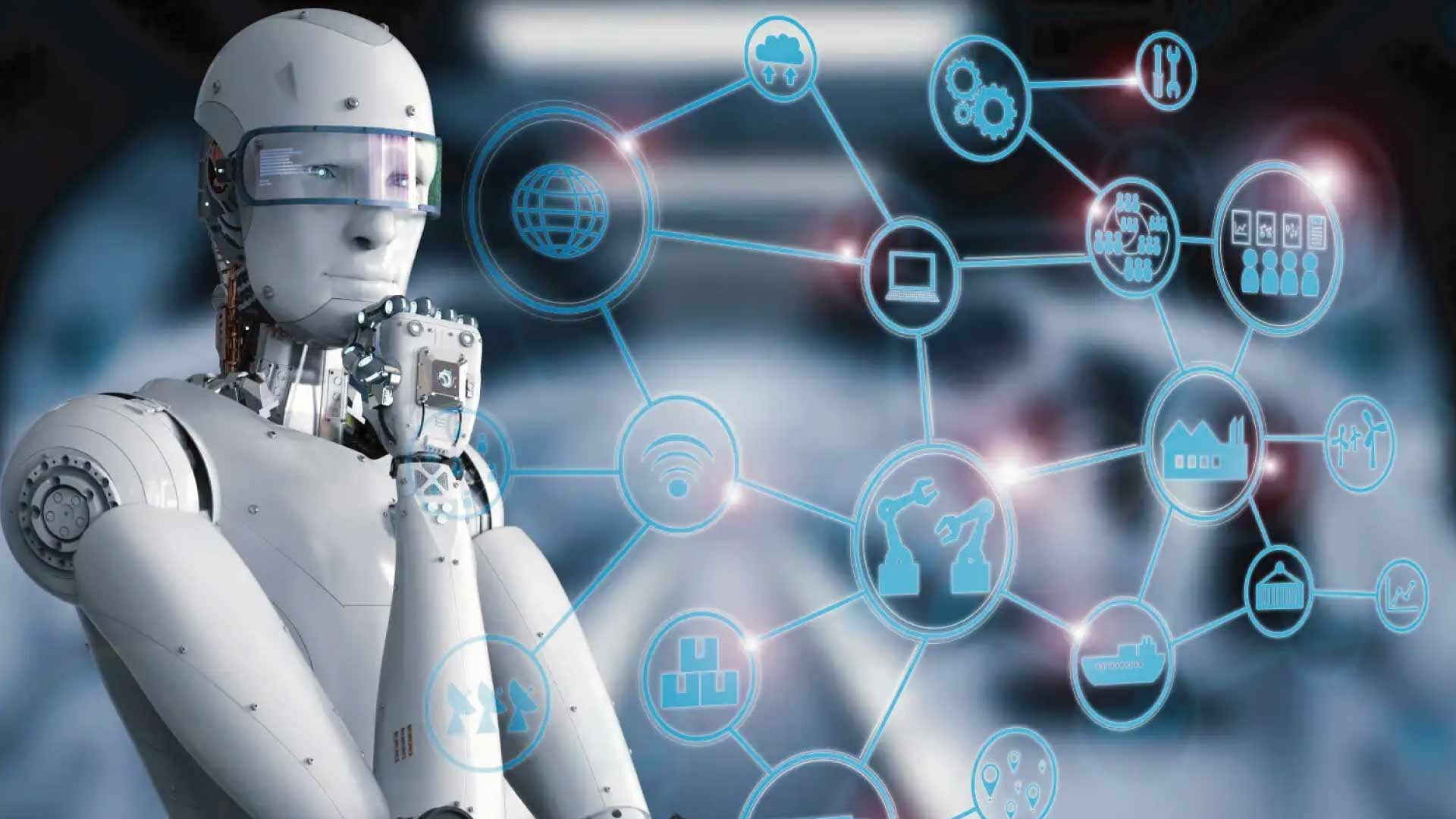The Future of Cybersecurity in an AI-Driven World
Firstly, it’s important to look at how AI can be used for malicious purposes by a cybercriminal. AI provides criminals with an autonomous and algorithm-driven toolkit to hack systems and hide their tracks quickly, without much in the way of manual input.
Here are some of the ways attackers leverage AI:
Spear phishing – AI can generate targeted phishing emails disguising the sender as someone that a recipient might know. The fraudulent content is customized for each recipient, making it more believable, with messages of urgency prompting immediate action where recipients are less likely to question whether the sender is being impersonated.
Forgeries – Using AI, criminals can create fake documents or audio transcriptions that would otherwise appear innocuous. Whether this is to give unauthorized wire transfers or prompt defenses to be lowered, the inability to accurately detect whether the information is legitimate gives cybercriminals a window to execute this malicious activity.
Password cracking – Cybercriminals can use AI to execute brute force attacks, in which usernames and password combinations can be guessed ad infinitum, at incredible speeds. If companies do not adopt stronger password policies, weaker credentials are more at risk of being compromised.
Generating malware – With the help of AI, new malicious code and algorithms can be developed more quickly and created to avoid instant detection by antivirus software. Almost any variant in code can be created in a matter of minutes.
While the current threat landscape looks bleak on paper, it’s reassuring to know that businesses can turn the tables and use AI to enhance their cybersecurity.
How Businesses Can Utilize AI for Cyber Defense
Predictive analytics – By analyzing large data sets, AI can identify potential vulnerabilities quickly and autonomously. This allows cybersecurity teams to patch or update them quickly before they are exploited.
Powerful encryption – AI can be used to create better encryption methods to protect sensitive data. Future-proofing systems with multi-factor authentication (MFA) like one-time passwords (OTPs), biometrics, or additional verification can be made easier with the help of AI.
Access management – AI enhances access management by screening users in real time and validating identities using facial recognition software. This can be implemented to detect credential misuse and prevent unauthorized access to sensitive data or shared systems.
Network monitoring – AI algorithms identify anomalies in network traffic that signal malicious activity such as DDoS (Distributed Denial-of-Service) attacks. These warning signs are spotted early with notifications alerting teams to unusual spikes in traffic and prompting them to act decisively.
Security automation – AI can automate routine security tasks to relieve the burden on IT and security teams. Companies’ systems are reinforced without as much time-consuming and labor-intensive manual work. A case study by IBM showed that organizations that leverage AI and automation see better results in threat detection and assessment.
Incident response – AI speeds up cyber incident response processes by quickly analyzing threats or anomalies and guiding optimal actions. Human analysts will still ideally need to supervise, adjust, and optimize the AI-powered processes, but it can speed up the threat containment phase.

Post a Comment